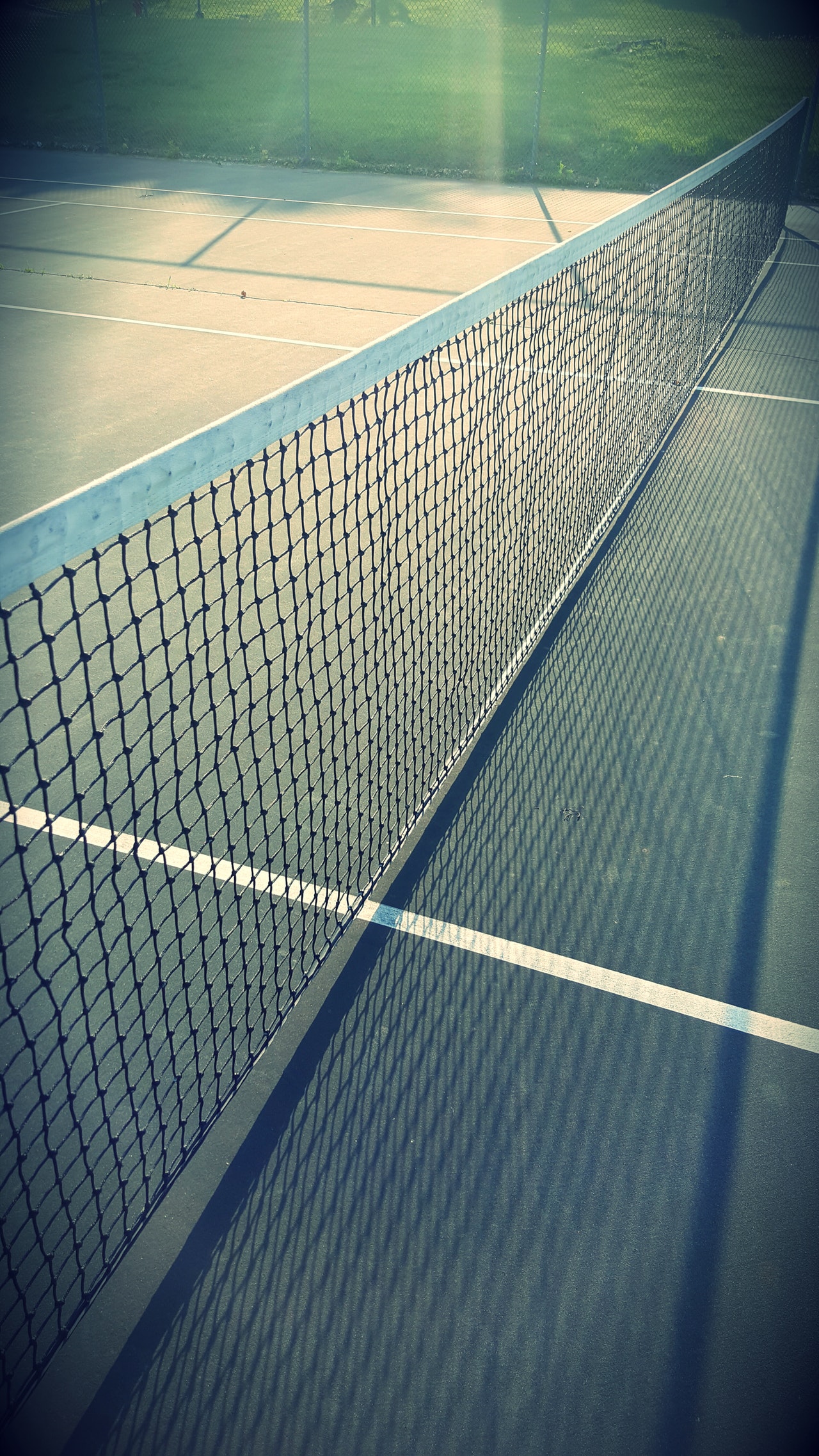Most people consider their backyard a leisure zone where they go to unwind and relax. However, some prefer to have it arranged as a sports field so they could stay active in the comfort of their own home. An ideal sport for this purpose is tennis. It is both a professional sport and a good run-out for amateurs. Everybody can play as long as they’ve got two racquets and a set of balls. Even those who are semi-professional tennis players can build a court in their own yard where they can prepare for upcoming matches. Once you have your own court, paying to play your favorite sport will be a thing of the past. A professional backyard tennis court is not mission impossible and it can be constructed with much fewer funds and effort than you might at first imagine. Here is a short guide on how to make this dream into reality and what factors to take into consideration from all the way from planning to the actual build.
Finding the right location
First things first: you need to have a large backyard. If the baseline is touching the fence, then obviously you need a bigger yard. The minimum size stipulated by the International Tennis Federation is 60 by 120 feet. Of course, you should allow more space than this, especially at longer ends for player movement. The ground where the court is to be constructed should be completely flat, as well as the surrounding area. The last thing you need is a player tripping on to a bump in the grass or falling off a sudden drop in terrain outside the court.
Furthermore, any drainage issues should be solved early on. You can observe where the water goes after each rain shower to determine whether the tilt of the ground is adequate. The soil which you construct your court should be stable, in the sense that it shouldn’t sink if you put additional weight on it in form of a concrete surface.

Choosing the right surface and color
As you might already know, the surface you play tennis on determines the speed of play. Harder surfaces mean that the ball will go faster and softer ones slow down the play. The choice is up to you but it would be wise to use whichever surface is used on courts in your vicinity or at the tournaments you take part in. Like with professional tennis, certain regions and local associations prefer one surface over another.
Although there are more half a dozen surfaces to choose from, the three most common types used on Grand Slams are clay, grass, and hard surfaces such as concrete. The latter ones are perhaps the most expensive and complicated to build and grass is the easiest one to construct. In many cases, the existing grass would suit a tennis court just fine, but since you are going pro better plant a new layer of it.
All three surfaces can have different color schemes. They can differ significantly, but the two most basic ones are dark and light ones. If you play during the day, then dark surfaces are ideal because they make the ball, which is of a light green color, more visible to players. In addition, they repel sunrays, thus reducing sun glare. Lighter surfaces are more suitable for playing at night but these are rarely installed because most professional and semi-professional courts use lighting when playing during night time.
Court lighting
If you see light columns at a tennis court, you know its owner means business. Nowadays installing tennis court lighting is not that expensive and the maintenance is rather simple. You can save power by installing LED lighting that uses up to 40% less energy than conventional lighting. It is controlled using a simple app and it turns itself on and off instantly. That is why it is ideal for a backyard court that would have trouble with any lighting system more complicated to operate than this. After all, your backyard is not the Wimbledon.
Fencing
No matter how many alterations you make to it, your old garden fence in simply not suitable for tennis fencing. The main issue is height, which ought to be at least 12 feet. Balls don’t just travel horizontally, but they bounce off the court’s surface and the fence so they take on the oddest of trajectories, most of them leading upward. Losing a ball or two over the fence is quite normal, but you don’t want to buy a new set for each new match because your fence is built too low. The most common type of fencing is chain link fencing, as it allows observers to watch the match without being hit or interrupting the players.
Once complete, your backyard tennis court will surely become the hotspot of sporting activity in your neighborhood. Who knows, if you do good construction work, soon you might be the one charging others to play on it.
